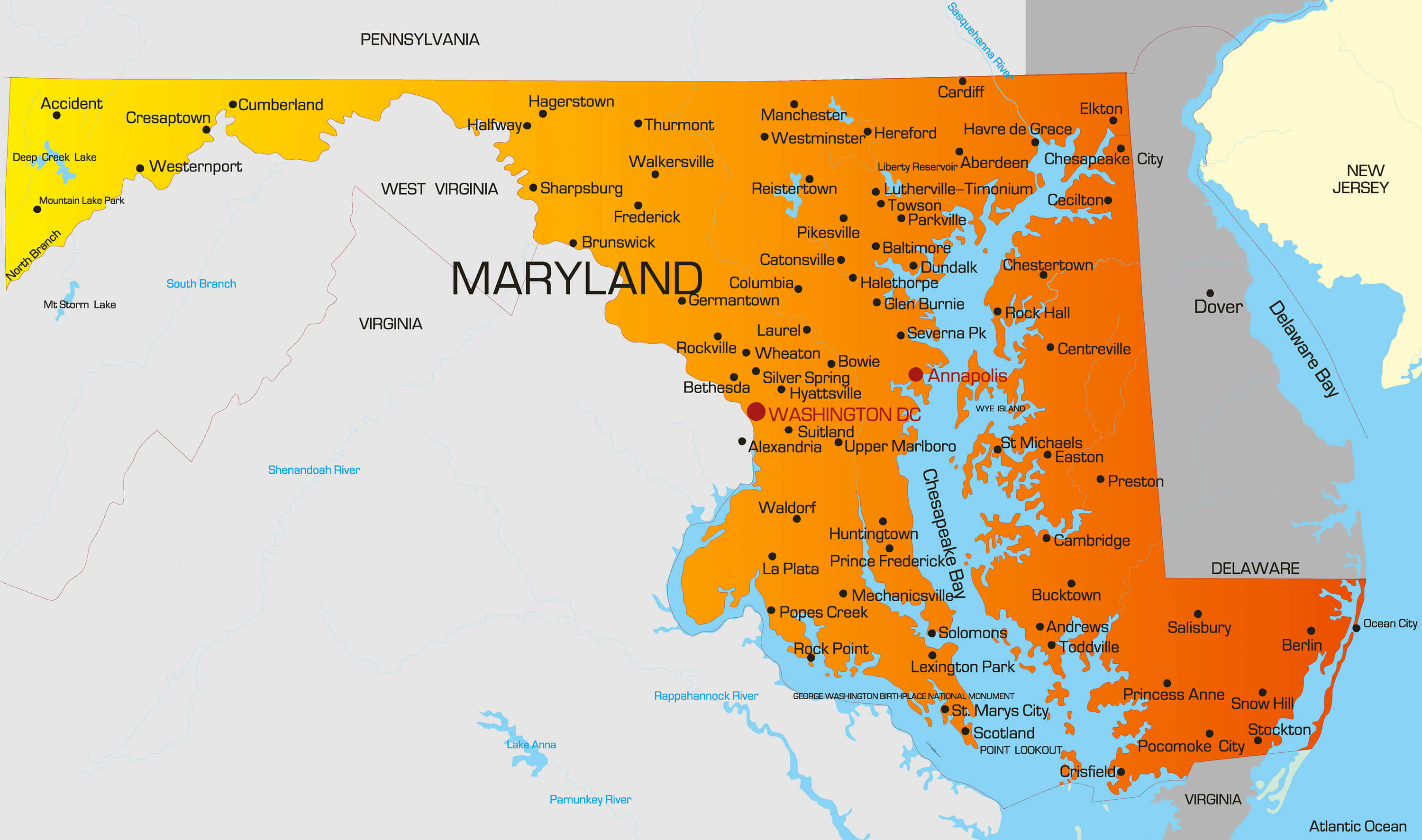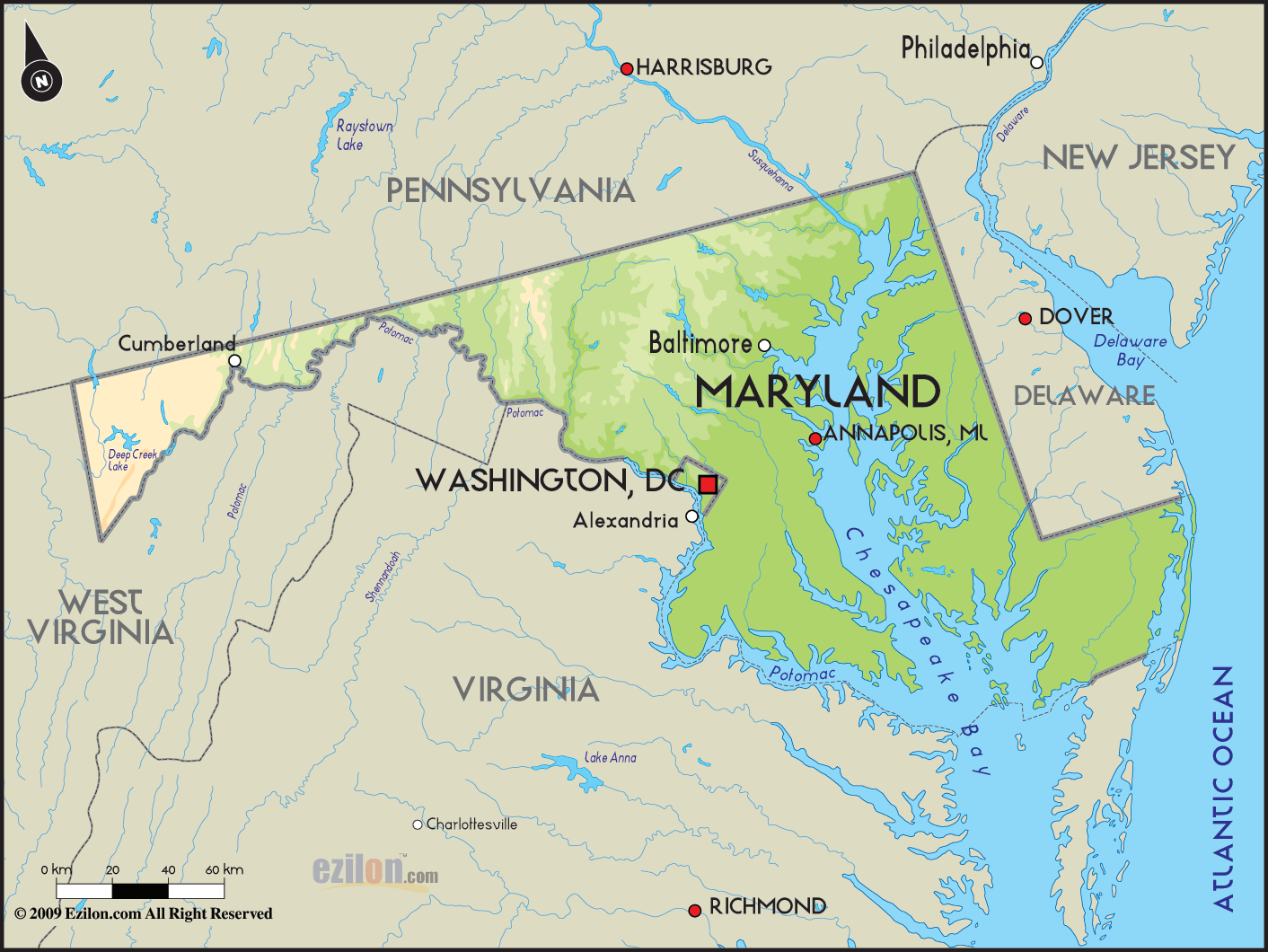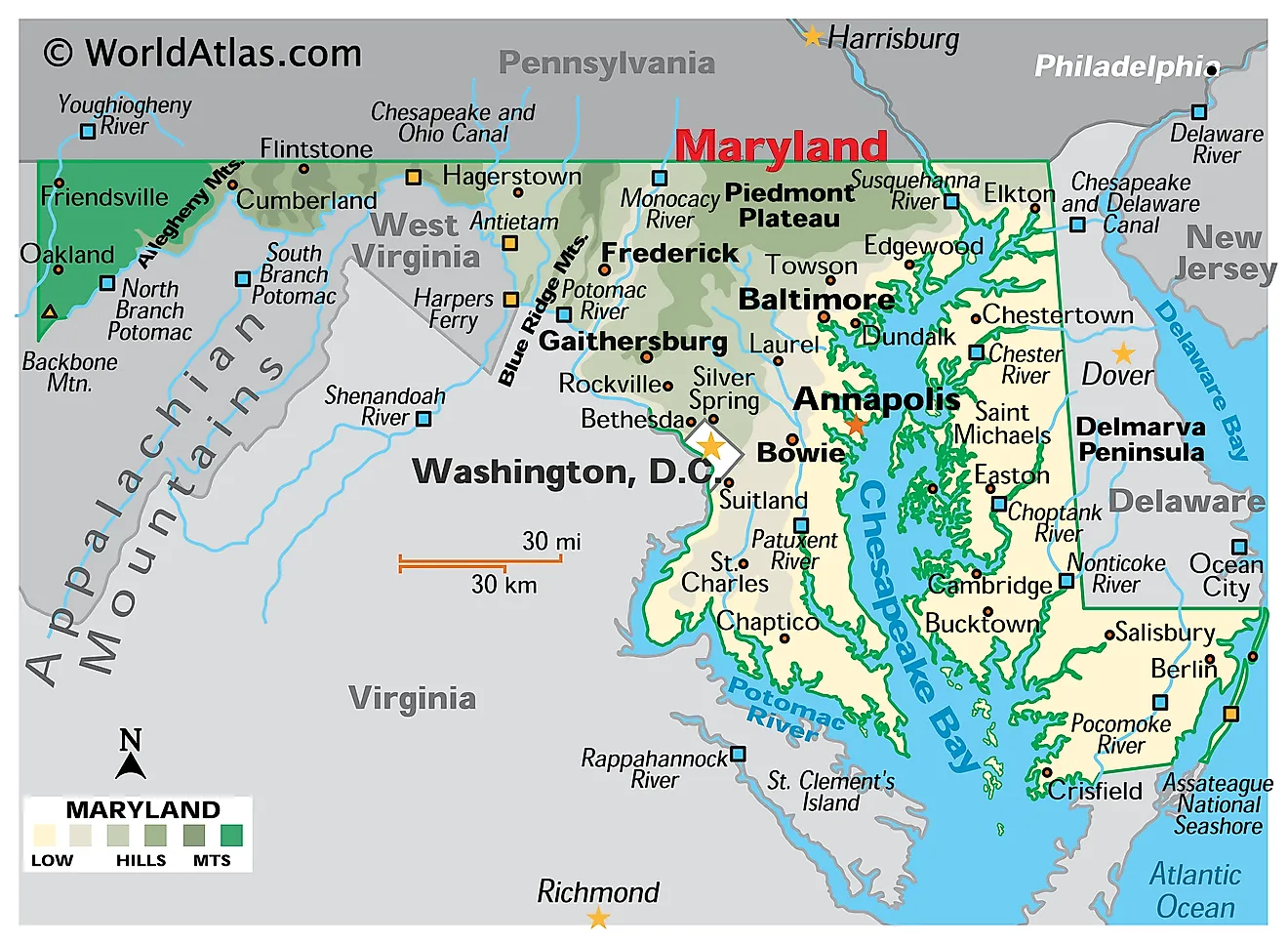Maryland Seafood Food Poisoning - Staying Safe
Maryland, a place known for its amazing natural beauty and vibrant way of life, truly offers something special for everyone, like your, you know, famous blue crabs and the delightful tastes of the Chesapeake Bay. This East Coast gem, as a matter of fact, is pretty much a central spot for visitors looking to experience a bit of history, culture, and, quite frankly, some truly delicious eats. From the buzzing docks of Baltimore to the calm shores around Annapolis, the state, in a way, just breathes a deep connection to its waters, making seafood a very big part of what makes Maryland, well, Maryland. People come from all over, you see, to savor the fresh catch, whether it’s at a fancy waterfront restaurant or a relaxed crab shack.
The allure of Maryland's seafood is undeniable, drawing folks in with promises of fresh flavors and a truly local experience. It's almost like a rite of passage for anyone visiting or living here, enjoying a steamed crab feast or a bowl of creamy crab soup. We often think about the pure joy of these meals, yet, it's also a good idea to consider the steps that keep these delightful moments safe and sound. Seafood, just like any other food, has its own set of considerations when it comes to keeping it fresh and ready for eating, and understanding these can really help you enjoy every single bite without a worry.
So, while the thought of enjoying a Maryland crab cake or some freshly shucked oysters might make your mouth water, it's also wise to be aware of the ways to keep those experiences happy and healthy. This discussion, you know, isn't meant to cause alarm but rather to offer some helpful insights into how we can all make smart choices when it comes to enjoying the wonderful seafood Maryland has to offer. It's about being informed, basically, so that your next meal from the Bay is as enjoyable as it is safe, allowing you to focus on the good times and the great tastes.
Table of Contents
- The Appeal of Maryland Seafood - A True Local Flavor
- What Makes Maryland Seafood So Special?
- Is Your Maryland Seafood Safe to Eat? - Avoiding Food Poisoning
- What are the Common Culprits Behind Seafood-Related Illness?
- How Can You Tell if Maryland Seafood Might Cause Food Poisoning?
- Enjoying Maryland's Bounty Responsibly - Preventing Maryland Seafood Food Poisoning
- Tips for Selecting Fresh Seafood to Avoid Maryland Seafood Food Poisoning
- Safe Handling and Cooking Practices to Prevent Maryland Seafood Food Poisoning
- What Steps Should Restaurants Take to Prevent Maryland Seafood Food Poisoning?
- What to Do if You Suspect Maryland Seafood Food Poisoning?
The Appeal of Maryland Seafood - A True Local Flavor
Maryland, as a state, is truly a place of many different experiences, from its busy cities like Baltimore, with its historical spots and lively harbor, to the quiet charm of Annapolis, which was, in fact, once our country’s capital for a short while. It sits right in the middle of the eastern coastline, so, you know, it has this deep connection to the water, particularly the Chesapeake Bay. This body of water, basically, isn't just a pretty view; it's a source of life and a huge part of what makes Maryland’s food scene so special. People often talk about Maryland and, almost immediately, the conversation turns to its famous blue crabs and other gifts from the sea.
The state’s identity, in some respects, is tied very closely to its waterways and the delicious creatures that call them home. You can find places all over, from humble roadside stands to quite fancy dining rooms, serving up the day's catch. It's a culinary experience that, you know, draws folks from far and wide, hoping to get a taste of that genuine Maryland flavor. The fresh seafood, really, is a cornerstone of the local diet and an incredibly popular reason why people choose to visit or even live in this part of the country. It’s a tradition, too, passed down through generations, and it’s something people take a lot of pride in.
Whether you are looking for trails to walk, rides to enjoy, or just a quiet spot by the bay, Maryland offers a unique blend of outdoor fun and gastronomic pleasure. The presence of water means a steady supply of fresh fish, shellfish, and, of course, those iconic blue crabs. So, when you think about Maryland, it's pretty hard not to picture a table piled high with steamed crabs, maybe some corn on the cob, and good company. It's a very big part of the overall experience here, truly.
What Makes Maryland Seafood So Special?
What makes Maryland seafood stand out, you might ask? Well, it starts with the Chesapeake Bay itself, which is, honestly, a unique natural environment. This estuary, a place where fresh river water mixes with salty ocean water, provides a truly rich habitat for all sorts of aquatic life. The particular conditions of the Bay give the seafood, especially the crabs, a distinct and highly sought-after flavor. It’s a taste that, in a way, is hard to replicate anywhere else, making it very special to the region.
Beyond the crabs, Maryland's waters offer up a variety of other delicious options. You’ll find oysters, clams, rockfish, and various other finfish, all caught or harvested locally. The tradition of seafood preparation here, you know, also plays a big part. From classic crab cakes, which are almost legendary, to oyster stew and steamed shrimp, the local recipes have been perfected over many, many years. This commitment to fresh ingredients and time-honored cooking methods is what truly sets Maryland seafood apart, making it a culinary attraction for pretty much everyone.
Is Your Maryland Seafood Safe to Eat? - Avoiding Food Poisoning
The question of seafood safety is, naturally, on many people's minds, especially when enjoying something as beloved as Maryland's local catch. While the vast majority of seafood meals are completely fine and bring much joy, there are, of course, always things to consider when it comes to food preparation and handling. The idea is not to shy away from these wonderful flavors but to approach them with a bit of knowledge, so you can make sure your meal is not just tasty but also completely safe. It's about being smart, really, about what you eat.
Enjoying fresh seafood, especially from a place like Maryland, known for its quality, should be a pleasant experience, free from worry. However, like any perishable food, seafood can, in certain situations, carry risks if not handled correctly from the moment it's caught to when it lands on your plate. This means paying attention to how it's stored, how it's prepared, and even how it's served. Knowing these steps can help you protect yourself and your loved ones from the less pleasant side of food enjoyment, like an upset stomach or something worse, which is, you know, something nobody wants.
What are the Common Culprits Behind Seafood-Related Illness?
When we talk about potential issues with seafood, we are usually thinking about tiny organisms that can sometimes cause trouble. These can be bacteria, like certain types of Vibrio that live in warm saltwater, or even Salmonella and E. coli, which might get into seafood through cross-contamination from other foods or unclean conditions. Viruses, too, such as Norovirus, can be a concern, especially with raw shellfish if the waters they come from are not as clean as they should be. It’s pretty much about hygiene, honestly, at every step.
Another thing to consider is natural toxins. Some fish, for example, can accumulate toxins from the algae they eat, leading to issues like ciguatera fish poisoning or scombroid poisoning. These are less about handling and more about the fish itself. However, for most common Maryland seafood, like crabs and oysters, the main concerns usually revolve around proper refrigeration and cooking. Understanding these different sources of potential trouble helps us, you know, take the right steps to avoid them and keep our Maryland seafood food poisoning worries to a minimum.
How Can You Tell if Maryland Seafood Might Cause Food Poisoning?
Spotting seafood that might not be safe to eat is, actually, often a matter of using your senses. Fresh fish, for instance, should have clear, bright eyes that bulge slightly, and its flesh should spring back when you gently press it. It should smell like the ocean, clean and fresh, not strongly fishy or sour. If a fish has dull, sunken eyes, or if its flesh feels mushy, it’s probably best to pass on it. Similarly, shellfish, like clams or mussels, should be tightly closed when raw; if they’re open and don’t close when tapped, they might not be alive and fresh.
For crabs, particularly blue crabs, the key is to ensure they are alive before cooking. A dead crab, especially one that has been dead for a while before being cooked, can quickly develop bacteria that produce toxins, which cooking won't destroy. So, you know, if you're buying live crabs, they should be moving and feisty. These simple checks can go a long way in making sure you start with good quality ingredients, which is, basically, the first line of defense against any potential Maryland seafood food poisoning issues.
Enjoying Maryland's Bounty Responsibly - Preventing Maryland Seafood Food Poisoning
To truly enjoy the amazing seafood that Maryland has to offer, taking a few simple precautions can make all the difference. It's not about being overly cautious, but rather about being aware and making smart choices from the moment you pick out your seafood to when you serve it up. This proactive approach helps ensure that your experience is purely about the pleasure of the meal, without any unwelcome surprises. Think of it as, you know, part of the process of enjoying something truly special.
Whether you’re cooking at home or eating out, understanding the basics of seafood safety is, honestly, pretty important. It’s about more than just taste; it’s about well-being. By following some common sense guidelines, you can significantly reduce any potential risks and keep your focus on the delicious flavors and the company you’re with. This way, the rich tradition of Maryland seafood can continue to be a source of happiness and good health for everyone who enjoys it, which is, really, the whole point.
Tips for Selecting Fresh Seafood to Avoid Maryland Seafood Food Poisoning
When you're picking out seafood, whether it’s at a local market or a grocery store, there are a few things to look for that can tell you a lot about its freshness. For whole fish, as I was saying, bright, clear eyes are a really good sign, and the gills should be a nice, vibrant red, not brown or slimy. The skin should also appear shiny and moist, with scales that are firmly attached. If you see any discoloration or a dull appearance, it's probably best to choose something else.
For fillets or steaks, the flesh should look firm and moist, with no gaps or signs of drying out. It should also have a very mild, fresh scent, or perhaps no scent at all, which is often the best sign. Any strong, fishy smell, or an ammonia-like odor, is a definite red flag. For shellfish like shrimp or scallops, they should have a translucent, almost pearly look, and again, a very mild scent. Paying attention to these small details can help you pick the best quality seafood, thereby reducing the chances of any Maryland seafood food poisoning issues before you even start cooking.
Safe Handling and Cooking Practices to Prevent Maryland Seafood Food Poisoning
Once you’ve got your fresh seafood home, proper handling is, honestly, the next big step in keeping it safe. Always keep seafood cold; it should be one of the last things you pick up at the store and the first thing you put in your fridge when you get home. Store it in a sealed container or a plastic bag to prevent any juices from dripping onto other foods, which can cause cross-contamination. This is, you know, a very important detail.
When it comes to cooking, making sure seafood reaches the right internal temperature is pretty crucial. For most fish, this is around 145 degrees Fahrenheit (63 degrees Celsius), or until the flesh becomes opaque and flakes easily with a fork. Shellfish, like shrimp, lobster, and crabs, should also be cooked until their flesh is opaque. Clams, mussels, and oysters are done when their shells open during cooking; discard any that don't open. These cooking temperatures, basically, help to kill off any harmful bacteria that might be present, giving you peace of mind and, obviously, a delicious meal without any Maryland seafood food poisoning worries.
What Steps Should Restaurants Take to Prevent Maryland Seafood Food Poisoning?
Restaurants, too, have a very big role to play in ensuring seafood safety. They should, of course, source their seafood from reputable suppliers who follow strict handling guidelines. Proper storage at cold temperatures is absolutely essential, from the moment the seafood arrives until it's ready for preparation. Kitchen staff should also be well-trained in safe food handling practices, including preventing cross-contamination between raw and cooked foods. This means using separate cutting boards and utensils, and, you know, thorough hand washing.
Additionally, cooking temperatures should be monitored carefully to ensure all seafood is cooked through to the correct internal temperature. For establishments serving raw or lightly cooked seafood, like oysters on the half shell, the sourcing of these items becomes even more critical, often requiring specific certifications for shellfish harvesting areas. A restaurant that pays attention to these details is, essentially, showing a commitment to its customers' health and enjoyment, making it a safer bet for enjoying Maryland seafood without fear of food poisoning.
What to Do if You Suspect Maryland Seafood Food Poisoning?
If, by chance, you or someone you're with starts feeling unwell after eating seafood, it’s important to take the situation seriously. Symptoms of food poisoning can vary but often include nausea, vomiting, stomach cramps, and diarrhea. These symptoms can appear pretty quickly, sometimes within a few hours, or they might take a day or two to show up, depending on what caused the illness. It's, you know, never a pleasant experience.
The first step is always to seek medical attention, especially if the symptoms are severe, if you have a high fever, or if dehydration becomes a concern. It’s also a good idea to report the suspected food poisoning to your local health department. This information can help public health officials identify potential outbreaks, find the source of the problem, and prevent others from getting sick. Even if you’re not completely sure, reporting it can be very helpful for the community. Taking these steps can help you get better and, in a way, contribute to overall food safety for everyone who loves Maryland seafood.
- Romy And Michele Cast
- Cast Of The Iron Claw
- Maryland Seafood Food Poisoning
- Kenny Ortega
- Annabelle Wallis

Maryland Map - Guide of the World

Geographical Map of Maryland and Maryland Geographical Maps

Maryland Maps & Facts - World Atlas